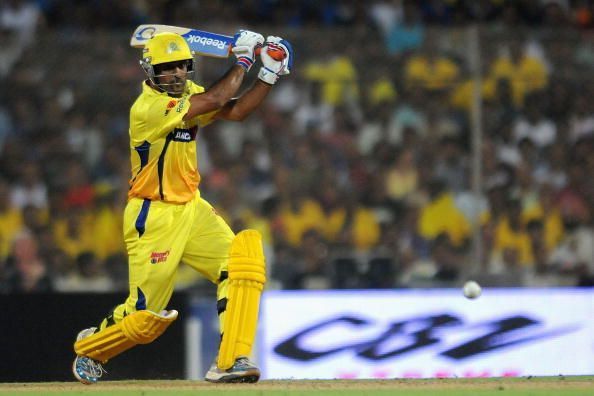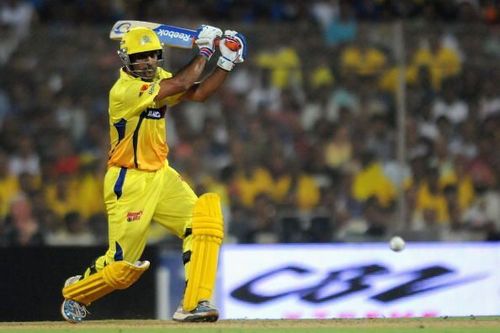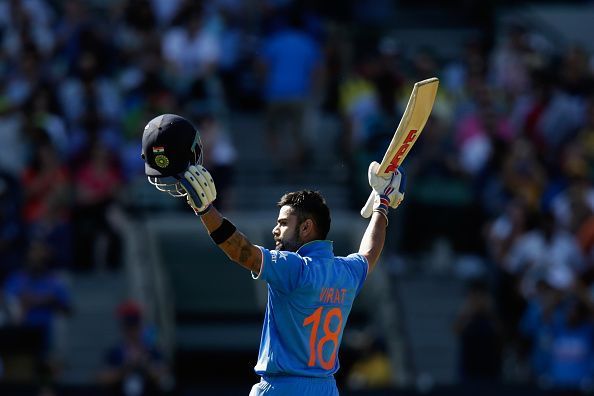
From Pilgrim to Gladiator: A dismaying journey of the golden era cricket and cricketer

Years ago, in 2008, my brother and I were talking about the much anticipated IPL. We were in great awe trying to determine the worth of each international player who was going into the auction. The auctions were something new to the cricketing world. Players were displayed and paraded on our televisions like they were gladiators that were ready to display their magnificence. As teenagers, we were hotly discussing the helicopter shot of Dhoni and the six-hitting prowess of Chris Gayle.
Our go-to man for cricketing insights was our grandfather. 88 years old, still working, still providing. They truly don’t make them like him anymore.
Just as he finished his evening sandhyavandanam, and approached us, we engaged him in our IPL excitement. We asked him what would measure a cricketer’s worth. To which he proudly answered: “The ones you talk about are not cricketers. The species of Cricketers faded away much before your time”.
As kids we were perplexed. Much of our cricketing knowledge and enthusiasm was driven by that man, and a myth-shattering statement such as the one he dropped on us was unsettling. However, as often as kids do, we took it on a playful note and moved on.
The Pilgrim

The answer however stuck with me. It was, at the least, begging introspection on my part.
Years later with the IPL in full swing, we realized a cricketer is an upright individual, a disciplined character, and most importantly a gentleman, on and off the field. These were characteristics that alluded any cricketing personality we watched on screen. And just like that, Pollard and Dhoni looked like gladiators- ready to dazzle, ready to entertain. They wore colours, or jerseys, much like a gladiator representing his dominus. They were projections of the modern day, globalized, world.
But, historically, a cricketer was always an old world elite whose machismo was displayed through his gentlemanliness and subtle manners.
I was thinking of the cricketers of old. The finesse of Ranjitsinhji, the machismo of Douglas Jardine, and the intensity of Ashes, all came back to me. This sent me into a revelation; there was something different about the players of the old, especially the post-war characters.They were cricketers not because they made cricket their livelihood. They were kings, soldiers, lawyers, bankers by day who found an escape from the fast-moving world in the steady paced game. Much before the Packer World Series, that was what cricket represented.
The 22-yards was a get-away home for the elite-aristocrat and the general populace as well. An aristocrat seeking to get away from the fast-paced post-war world, and a peasant hoping to move up the social stratification, all found solace in the sport. Such was the fervour for the game that a cricketer became a pilgrim and often would form part of the folklore. Stories of Sir Don Bradman practising with a cricket stump and a golf bat, Jamsaheb’s daring approach to the bodylines are all part of the persona of cricket that formed sanctity of the game.
This sanctity, although, a concoction of different characters has always maintained its chivalry. On any given day a middle-class man or a nobility could share the pitch in hope of savouring their respective playfulness. But, on any given day, every cricketer, despite their natural tendencies had undertaken an unspoken code, much like a pilgrim, to be virtuous. A bowler is expected to join in applauding the batsmen who have just trashed him when they reach the landmark three figures. These acts of chivalry marked cricket’s trademark approach to life viz. cricket was never larger than life.
Cricket was a simple structure to escape from the chaos of the world.
Every player was on a pilgrimage i.e. cricket, but much like a pilgrim, every cricketer had a life to go back to as a king, as a lawyer, as a middle-class merchant or as a peasant.
The Gladiator

With the introduction of 50 over cricket, and commercialization and televised cricket, the face of cricket was unrecognizable by 2008 at the inception of IPL.
The once pilgrim is now a gladiator who has surrendered his life to the buffoonery of the modern day sport. From meaningful interactions with cricket for an escape or self-discovery to an entertainer of packed amphitheatres, this is a dismaying journey for the golden era cricket and cricketer.
In my introspection, I could not help but place myself in a golden era cricketer's shoes, looking down from the heavens only to find the classic sport mired in controversies of commerce and politics.
The gladiator is not concerned with the aesthetic of the sport. He is shackled by the need to rise above the ranks, to be freed by the love of the people. The more blood he sheds, the more the amphitheatre resonates with his name. He has nowhere to go. His life is in the amphitheatre, born and bred to entertain. There is no room for a batsman to walk off when he has nicked the ball to the keeper or for a fielder to claim he has not completed the catch cleanly. The stakes are higher now. It is a matter of life and livelihood.
The gladiator image of the cricketer is further necessitated by the so-called influx of information, culture and economy- globalization. I remember fondly my grandfather’s stories about his escapades to the surrounding local cricket clubs in the 50s' Madras, just to make a day out of watching cricket.
In the fast moving globalized era, dedicating an entire day to the slow-paced game in its natural format no longer seem to make sense. This transition has been charioteer of the dissolution of the collective to the self, and that marks the contrast between the pilgrim and the gladiator.
Cricket, as highlighted through the narrative of the golden era, formed part of the self-discovery process in the context of larger society. Jamsaheb, and Dheodhar both have a place in this space. However, unlike a pilgrim, the gladiator cannot have distinctiveness. Gladiators are inherently mundane. There are only so many ways to kill a man with a sword- There are only so many ways you can bludgeon a ball out of the ground.
Ironically, the influx of knowledge has constricted the way cricket is played.
Hollowed Hope
The modern-day cricket, through its sheer number of fans, has painted a larger than life story for the game. The spirit of the game, however, is evoked in its simplicity and accommodativeness.
For some, it was a platform for change in their personal lives, for others, it was a self-discovery exercise and for most, it was an exercise to escape and forget the chaos of the world for a while. It invoked a sense of Swaraj for some, and the same time for others it simply provided physical activity during the lazy summers.
Ironically, IPL and other limited overs formats were introduced with the hope of reviving interest in cricket - the hollow hope of modern day cricket.
My grandfather, a product of pre-globalization cricket, cannot miss his everyday sandhyavandanam. His hope for cricket is not mundane. He hopes that cricket could find a place in his self, that there is a place for him to find solace as well as not be confined to a single space of knowledge. Now, that is hope…